

Lorraine Dixon (who works for the Waahi Whaanui Trust) helped to develop the Ake Ake model – a teaching tool that helps hapū identify their needs, goals and aspirations. Cultural indicators can ...
READ MORE
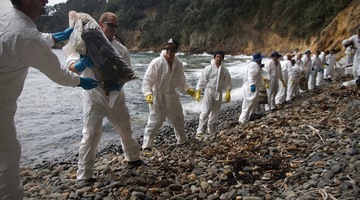
In October 2011, the Greek container ship MV Rena ran aground on Ōtāiti, also known as the Astrolabe Reef, off the coast of Tauranga. The oil spill resulted in the New Zealand’s worst maritime ...
READ MORE

Microscopes have played an important role in recent research on harakeke (native New Zealand flax) at the University of Otago. Dr Bronwyn Lowe and other researchers have been working with Māori ...
READ MORE
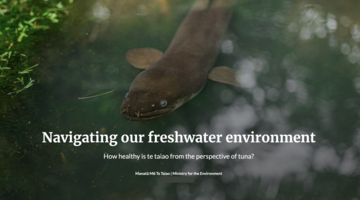
Navigating our freshwater environment is an interactive storymap that explores the state of rivers, lakes and wetlands – in a novel and engaging way. The storymap considers what’s going on from ...
READ MORE

Aotearoa New Zealand has one of the highest cat ownership rates in the world. Nearly 40% of households have at least one cat – for the most part, we’re fond of our cats. Unfortunately, domestic ...
READ MORE
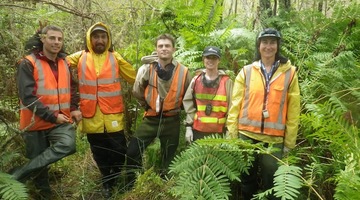
In this activity, students use the Ake Ake model to explore changes that have taken place in their local environment in the last 50–100 years and to plan for the next 50 years. By the end of this ...
READ MORE

Be part of a worldwide movement and use Global Earth Challenge to submit or classify photos to help our planet’s environment and human health. Global Earth Challenge is a citizen science campaign ...
READ MORE

This citizen science project wants your assistance to extract information from various climate scientific graphics to help combat misinformation and support scientific communication. Using this ...
READ MORE
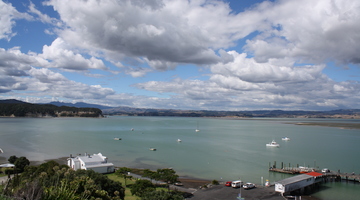
With 75% of New Zealanders living within 10 km of the coast, many students will be familiar with estuaries. In scientific terms, estuaries are the interface between the land and the sea – the ...
READ MORE

In this recorded webinar Pauline Waiti and Rosemary Hipkins explore the idea of knowledge systems with examples from science and mātauranga Māori. The report Enduring Competencies for Designing ...
READ MORE

In this recorded professional learning webinar, educational experts Dr Rosemary Hipkins and Pauline Waiti provide provocations about the purpose of Mana ōrite mō te mātauranga Māori and explore ...
READ MORE
Researcher Lorraine Dixon describes what a cultural indicator is and why they are important to Māori. The depletion of taonga species, for example, is an indicator recognised by Māori that ...
READ MORE
The Ake Ake model is a pictorial mapping of someone’s perspective. Researcher Lorraine Dixon uses the model to encourage iwi to share their views including values and possible issues around ...
READ MORE
Lorraine Dixon talks about the relationship between the river (awa) and the people (iwi). She explains the spiritual aspect of the river and the importance of its connections with future ...
READ MORE
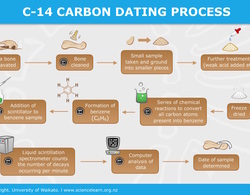
Historical artefacts like moa bones can be dated using a technique that measures the activity of the radioisotope carbon-14 still present in the sample. By comparing this with a modern standard ...
READ MORE

This interactive timeline highlights how students investigating the Oruarangi Stream engaged with the nature of science.
READ MORE
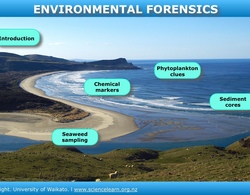
Dr Candida Savage explains the clues she collects in estuaries and fiords, to understand how changes in land use affect these environments. Click on the labels to watch the videos for more ...
READ MORE